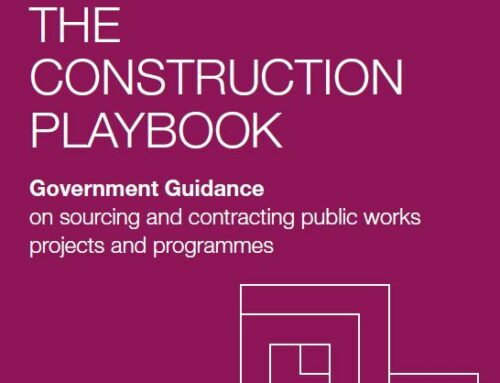It’s taken more than a year since the publication of the Hackitt Final Report in 2018 but the Queen’s Speech confirmed that the Government will “bring forward laws to implement new building safety standards” in what has been described as the biggest regulatory reform programme in over 40 years.
A much tougher and more effective regulatory framework promises to improve building standards across the country with plans to create an independent buildings safety regulator to oversee construction practice.
All of Hackitt’s 53 recommendations are being taken forward by the Government and in some cases they are going even further. Reforms include making it a criminal offense for failing to comply with proposed new safety regime for designing and building high rise homes. Duty holders will have to demonstrate a building’s safety through a new system of gateway points during design and construction and through a safety case regime during occupation. The legislation is also expected to develop a new framework to provide national oversight of construction projects to ensure that they meet high performance standards.
The new regulator will be given powers to take quick and effective action, including heavy fines, when designers and contractors are non-compliant.
The message from government is clear – building safety is top of the agenda and developers, contractors, designers and building owners need to be more accountable in ensuring compliance with national standards.
There is still way to go before the recommendations become law and with the lack of government majority in the Commons there is a possibility that the Queen’s Speech could be voted down with an election to follow. However, it seems unlikely that opposition would vote against the proposals whenever they do eventually move through the legislative process.
The proposed reforms highlight the challenges in the construction sector that ultimately stem from a ‘lowest cost wins’ culture which risks compromising quality and in turn has implications for building safety. The construction sector must continue to push procurement reforms that focus on a collaborative model, abandoning what Hackitt described as ‘the race to the bottom’ and focusing on improved quality and productivity.






